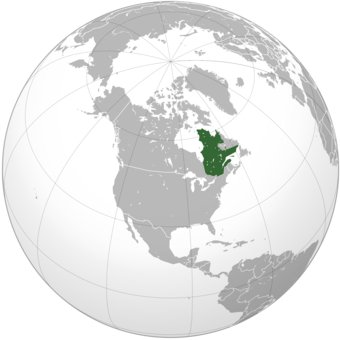Three North American crude exports — two from Canada and one from Alaska — captured headlines the last few weeks because of their unusual departure and arrival points.
Phillips 66 exported a cargo of Alaska North Slope crude to South Korea on September 26, the first time the grade had been exported since 2004. Sources indicated the shipment was a one-off and that the tanker was likely headed for dry dock to undergo maintenance.
However, the ever-growing rise in cheaper Bakken crude has displaced other grades on the West Coast, and a very narrow Brent/WTI spread has made Brent-based imports from Latin America and the Middle East much more profitable than WTI-based crudes like ANS.
The cracking netback margin for ANS on the US West Coast was assessed at $5.46/b Friday, well below $12.43/b for Oriente or $7.99/b for Basrah Light.
If the US West Coast can find cheaper crude via rail or non-Jones Act vessels, ANS will be forced to venture into deeper waters to find buyers.
On the other side of the continent, Suncor Energy sent two cargoes carrying heavy Canadian crude out of Quebec, with one headed to Italy and the other to the US Gulf Coast.
While the export to the USGC — which is already a big importer for heavy Canadian crude — is not necessarily newsworthy, the cargo headed to Europe most certainly is. Before Suncor set this tanker to sea, there had been just one reported export of Canadian crude to Europe. That tanker, which was re-exported from the USGC sometime in May, was purchased by Repsol for its refinery in Spain.
The other points of interest about the export are the where and the why.
The where is Quebec, which is not known as an export area for crude. The ports of Montreal and Sorel-Tracy routinely unload crude cargoes to help supply the province’s 402,000 b/d refinery capacity. But the Montreal Port Authority has started upgrading its facilities to accommodate an increase of crude volumes, which brings us to the why.
Enbridge will soon start line fill on its 300,000 b/d Line 9 pipeline, which will transport crude produced in the Alberta oil sands to Quebec. Though the pipeline will mostly carry light crudes, and its volume will easily be met by area refineries, it’s not unreasonable to expect crude exports from Quebec to grow.
Furthermore, TransCanada’s 1.1 million b/d Energy East, which is just in the infancy stages of obtaining regulatory approval, could eventually flood the Canadian East Coast with crude for export.
Dwarfing all of these movements are the highly-polarizing exports of condensates by Pioneer Natural Resources and Enterprise Product Partners. The cargoes the companies exported sent waves through the industry that have yet to subside.
On Friday, Platts reported that least 15 companies are awaiting commodity classification rulings from the US Department of Commerce, which they hope will give them legal backing to export processed condensate.
It’s a tumultuous time for North American crude exports, and it remains to be seen what will change for good and what will become a history lesson.
North American crude exports: foreshadowing the future or blip on the radar?
























Laissez un commentaire Votre adresse courriel ne sera pas publiée.
Veuillez vous connecter afin de laisser un commentaire.
Aucun commentaire trouvé